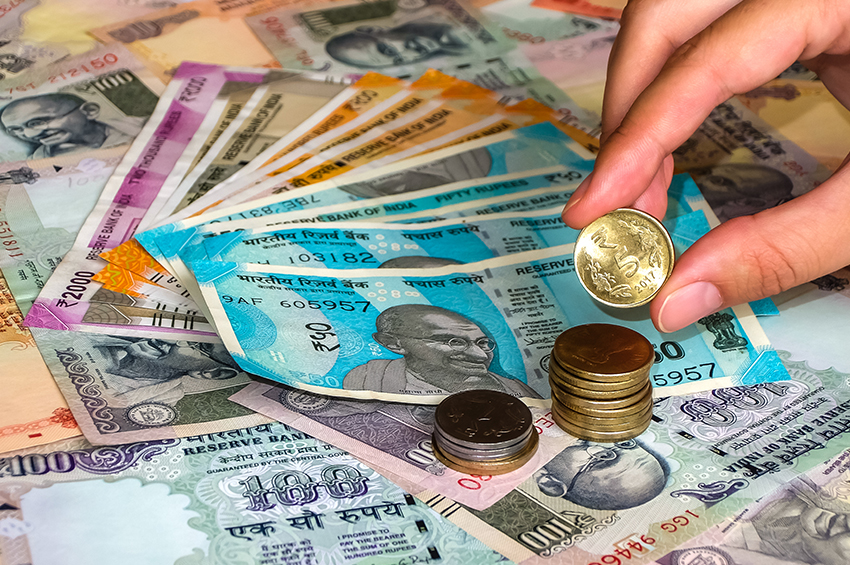Winning Bizness Desk
Mumbai. Have you ever wondered how much it would cost to print notes and coins? The Reserve Bank does the work of printing notes and minting coins, But did you know that the cost of minting coins are much much higher than printing notes. What is the reason behind this and how does the common man benefit from it? If there is any funda in it then why are the coins of big denomination not minted. First of all, let's talk about the smallest coin i.e. 1 rupee. In response to a question asked in the Right to Information (RTI), the Reserve Bank itself has said that the cost of making a coin of 1 rupee is much more than its value. It costs about Rs 1.1 to mint a Rs 1 coin, while Rs 1.28 is spent to mint a Rs 2 coin. Similarly, a Rs 5 coin is minted for Rs 3.69 and the cost of making a Rs 10 coin is Rs 5.54. According to a notification issued by the Reserve Bank of India, in the financial year 2021-22, RBI had to spend Rs 960 on printing one thousand notes of Rs 10. According to this, the cost of printing one note came to 96 paise. At the same time, it costs Rs 5.54 to mint a coin of Rs 10. This means that the expenditure on coins is about 6 times more than on notes.
Still why RBI mints coins?
Seeing the cost of printing notes and minting coins, you would think that making coins is a loss-making deal, yet why RBI makes crores of coins every year. Actually, despite the high cost, minting coins is beneficial in many ways than making notes. The biggest thing is that many types of security features have to be used in printing notes. To make paper notes safe, 15 to 17 types of security features have to be used. Not only this, the life of paper notes is also very short. Compared to this, coins keep running for years and there comes a time when printing notes seems costlier than coins.
How much does it cost to print the notes?
If minting coins over time looks cheaper than printing notes, then why would the Reserve Bank print notes of higher denominations. The answer to this is also found only in a report issued by the Reserve Bank. Actually, the bigger the note becomes, the more the cost of printing it decreases. According to RBI, it costs 95 paise to print a Rs 20 note, while a Rs 50 note is printed for Rs 1.13. A Rs 100 note is printed for Rs 1.77, while a Rs 200 note is printed for Rs 2.37 and a Rs 500 note for Rs 2.29. If the coins of these notes are minted, then it will be very expensive and it will be very difficult for the customer to use and keep it.


